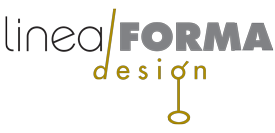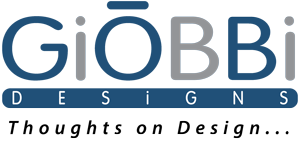Back in my school days, disruptive was a negative term meaning troublesome or out of control. In fact,a few nuns used it to describe my behavior. But in its current usage in business management, disruptive has come to mean innovative or groundbreaking. A disruptive innovation is an innovation that creates a new market and value network and eventually disrupts an existing market and value network, displacing established market leaders and alliances. Disruptive innovation is the term defined and phenomenon analyzed by Harvard professor and author, Clayton M. Christensen, starting in 1995.
There is also much discussion on “design thinking” in the business community, but I’ll save that for future posts. I’m personally a bit more interested in how those of us later in our careers, and freelancers, can deal with these same issues in our work. And I hope this blog, and its social media connections, will offer me new insights, input, partnerships and directions for my own disruptive path to 2020 and beyond.
The last ten years or so, I’ve watched once dependable business models around me being superceded by newer models. I wonder what changes are to come, and how they will impact my business. It’s a thought our grandparents and parents largely never had to consider. My grandfather got his gold watch after 47 years at the steel mill and my father started a restaurant after leaving the army and ran it his entire life. They both saw innovation in their workplaces, but not anything like the disruptive change that happens today.
As I described in a prior post: Navigating the Graphic Arts Revolution, my traditional symbiotic relationships to localized prepress and printing communities have diminished through attrition and their digital evolution, so each year presents new challenges, new possibilities to grow, and new networking directions.
All the old work models and ways of learning are being disrupted by the speed of change. Deloitte University Press recently projected that by 2020, 50% of the content in an undergraduate degree will be obsolete in 5 years. Business schools are having to make major changes in teaching style to keep up with the massive amounts of online information available at any given moment, competing for the student’s time and attention.
I spend hours every day, as I’m sure many of you do, trying to interpret the trends and new concepts that seem to have some value, as well as using online classes and tutorials to master new software and the latest internet and business skills I need to move forward. It’s super exciting, yet daunting as well. What I didn’t understand in my youth is that learning is a lifelong experience. Without development of new ideas, knowledge, and skills, you may as well be selling buggy whips. We all must embrace innovation. It’s too bad those nuns back in the day couldn’t see my disruptive behavior as innovative.
I would love to know your thoughts. Please respond gently and don’t rap my knuckles.
Animation above by Bill Giobbi for And Then Adventures’ game app, “Mage Life”
Share this:


2 Responses
Elisa Mills
Change is the one constant, indeed. And nearly at the speed of light in these modern times. A keen and fun to read analysis. No knuckles need be cracked today. To one of thee most talented innovators I know… keep the disruptions coming!
Salute !
bgob1
Thanks, E!